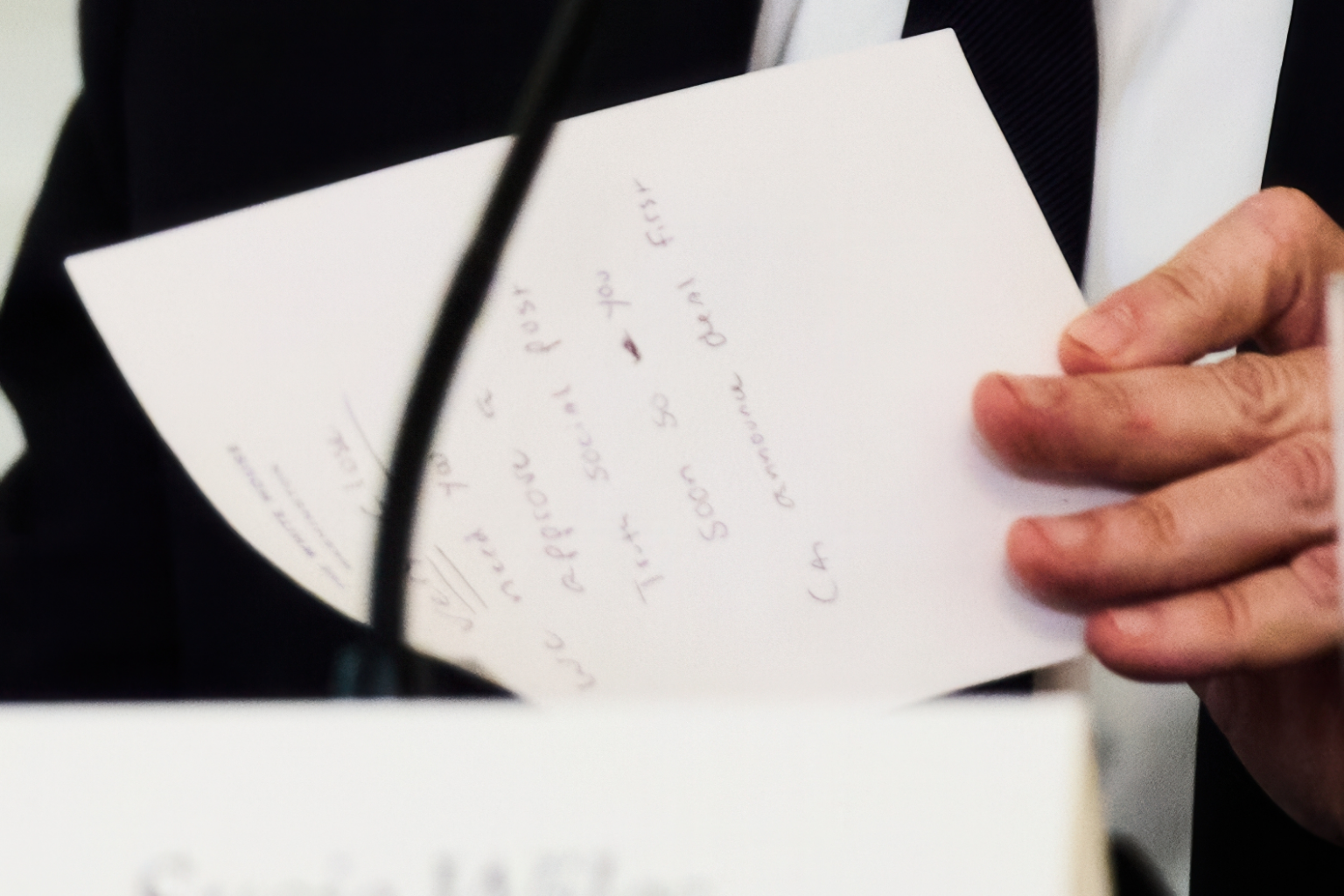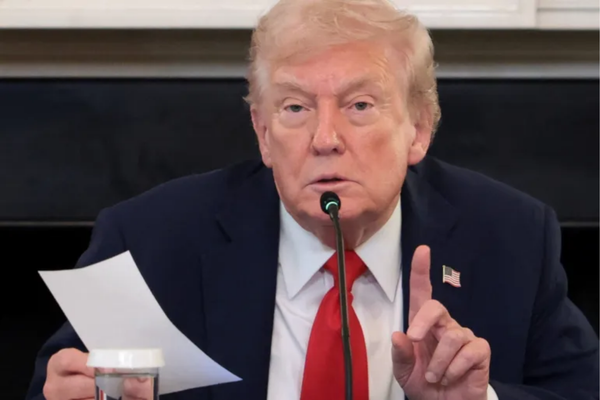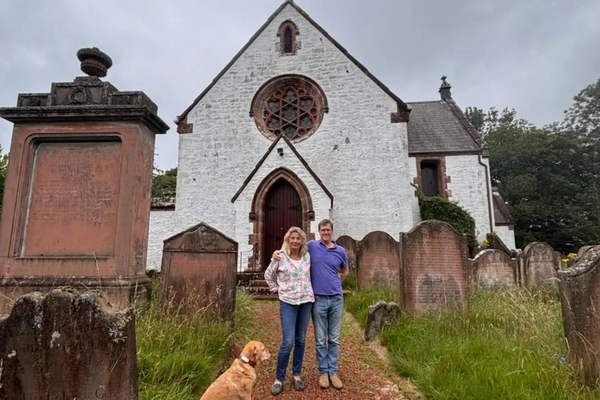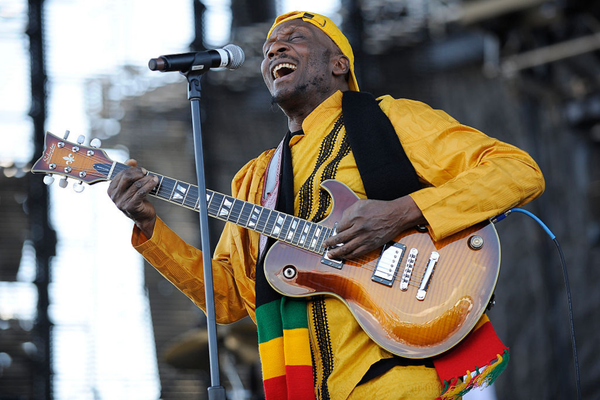United States President Donald Trump has announced that Israel and Hamas have agreed on the first phase of a peace framework that aims at a Gaza ceasefire, and the release of Israeli captives and Palestinian prisoners.
The announcement follows from Trump’s 20-point plan to end the war on Gaza, which he announced last week, and which Israel, Hamas and most of the world broadly welcomed.
More than 67,000 people have been killed in Israel’s war on Gaza, described by many international rights organisations and a United Nations commission as a genocide.
Here is what we know about the ceasefire agreement:
What happened on Wednesday?
Trump said Israel and Hamas had agreed to the first step of his Gaza ceasefire plan.
In a post on Truth Social at 23:17 GMT, he wrote that all captives would be released “very soon” and that Israel would pull its troops back to an agreed line as part of the deal.
Just hours earlier, Trump had told reporters he was ready to travel to the Middle East as soon as this weekend to help push the plan forward.
He had first unveiled his 20-point proposal on September 29, following a White House meeting with Israeli Prime Minister Benjamin Netanyahu, framing it as a roadmap to end the war in Gaza.
That possibility grew more concrete during a White House event on Wednesday, when Secretary of State Marco Rubio entered the room and handed him a note.

After reading it, Trump told reporters: “I was just given a note by the secretary of state saying that we’re very close to a deal in the Middle East, and they’re going to need me pretty quickly.”
Concluding the event, Trump said, “I have to go now to try and solve some problems in the Middle East.”
According to a photograph, the note urged the president to sign off on a Truth Social post so he could be the first to announce the deal.
What exactly did Trump say they agreed to?
Trump, in his Truth Social post, said:
- Israel and Hamas have both signed off on the first phase of the peace plan.
- All of the captives will be released very soon.
- Israel will withdraw their troops to an agreed-upon line.
- That will be the first step towards a strong and durable peace.
- All parties will be treated fairly.
Trump also thanked mediators from Qatar, Egypt and Turkiye.
The announcement represents the most significant breakthrough Trump has achieved regarding the war, after eight months of attempts at brokering an end to the conflict. During his re-election campaign, he had described ending the war in Gaza as one of his foreign policy priorities.
"I am very proud to announce that Israel and Hamas have both signed off on the first Phase of our Peace Plan... BLESSED ARE THE PEACEMAKERS!" - President Donald J. Trump pic.twitter.com/lAUxi1UPYh
— The White House (@WhiteHouse) October 8, 2025
What remains uncertain?
The deal has raised hopes of ending the war, but crucial details are still unclear.
Political analyst Marwan Bishara said “some serious disagreements” remain between Israel and Hamas, and crucial details are yet to be hammered out. They include the timing and the extent of an Israeli withdrawal, the makeup of the post-war administration for the Gaza Strip and the fate of Hamas.
“You could say that the initial phase of the initial phase is working out,” Bishara said. According to him, both sides appeared to agree on “some sort of parameters” for a captive-prisoner exchange.
“According to the [Trump] plan … after Hamas hands over the captives, then the war should be over,” Bishara said. But, he added, “Israel says no, the war will be over only after Hamas disarms.”
How soon could the captives be released?
Trump told Sean Hannity of Fox News on Wednesday that the captives, including the bodies of those who have died, could be released on Monday.
A Hamas source said the surviving captives would be released within 72 hours of the Israeli government’s approval of the deal. Israeli officials indicated the process could be expected to start on Saturday.
Trump said he believed Iran would be part of “the whole peace situation”.
About 20 Israeli captives are believed to be alive in Gaza. Hamas and other Palestinian factions had taken about 250 captives on October 7, 2023, when they attacked Israel. More than 1,100 people died during that attack.
How did Israel react?
Israeli Prime Minister Benjamin Netanyahu called it “a great day for Israel”.
“I offer my heartfelt thanks to President Trump and his team for their dedication to this sacred mission of freeing our hostages,” Netanyahu said in a statement late on Wednesday night.
“With God’s help, together we will continue to achieve all our goals and enhance peace with our neighbours.”
With the approval of the first phase of the plan, all our hostages will be brought home. This is a diplomatic success and a national and moral victory for the State of Israel.
— Benjamin Netanyahu - בנימין נתניהו (@netanyahu) October 8, 2025
From the beginning, I made it clear: we will not rest until all our hostages return and all our goals…
How did Hamas react?
Hamas released a statement, saying the agreement stipulated “an end to the war on Gaza, the occupation’s withdrawal from it, the entry of aid and a prisoner exchange”.
It thanked Qatar, Egypt, Turkiye and Trump for their mediation efforts, and it also called on the US and other parties to “compel the occupation government to fully implement the agreement’s requirements and not allow it to evade or delay the implementation of what has been agreed upon”.
“We salute our great people in the Gaza Strip, Jerusalem and the West Bank, who have demonstrated unparalleled pride, heroism, and honour,” Hamas said.
“These great sacrifices and stances have thwarted the Israeli occupation’s plan for subjugation and displacement.”
The statement said Hamas “will not abandon our people’s national rights: to achieve freedom, independence, and self-determination”.
How did people in Gaza react?
Palestinians, particularly those in Gaza, have expressed a mix of jubilation and caution.
Families cheered when they heard the news of the ceasefire after two years of devastation, destruction, displacement and broken promises.
“People are desperately waiting to be reunited with loved ones and even to have a moment to mourn what they have lost. But this ceasefire has not taken effect so far, and caution is highly required among civilians regarding the return to homes in areas that are still classified as an active red zone,” he said.
How did world leaders react?
Leaders and groups around the world celebrated the negotiators signing off on the first phase of the Gaza ceasefire agreement.
“I commend the diplomatic efforts of the United States, Qatar, Egypt and Turkey in brokering this desperately needed breakthrough,” UN Secretary-General Antonio Guterres said in a statement.
British Prime Minister Keir Starmer welcomed the news and urged that the agreement on the first stage of Trump’s plan for Gaza must be implemented in full without delay.
India’s Prime Minister Narendra Modi said he hoped “the release of hostages and enhanced humanitarian assistance to the people of Gaza will bring respite to them and pave the way for lasting peace”.
New Zealand Foreign Minister Winston Peters said, while this is “an essential first step” to achieve peace, “Hamas needs to release all of the hostages and Israel must withdraw their troops to the agreed-upon line”.
What happens next?
Netanyahu said he will bring the agreement to his cabinet on Thursday for approval.
Once the vote is passed, the Israeli military will pull back. Seventy-two hours after that, Hamas is expected to begin releasing captives.
HA Hellyer, a senior fellow at the Royal United Services Institute, said the “crucial point now is how much pressure” will continue, especially on Israel, to ensure the ceasefire holds.
Trump is expected to travel to Egypt in the coming days. Netanyahu has also invited him to address Israel’s parliament, and Trump told Axios he is “likely” to make the trip to deliver that address.
The next stage of Trump’s plan calls for the creation of an international body, the Board of Peace, to oversee Gaza’s post-war administration. Trump will chair the board, which will include other world leaders, including former British Prime Minister Tony Blair.
But experts warn that what comes next could prove far more difficult.
“Hamas has been offering all the hostages in exchange for an end to the war almost since the beginning,” said Michael Schaeffer Omer-Man, director of Israel-Palestine at the US-based rights group Dawn.
“Israel has deliberately, openly and brazenly broken every ceasefire that was achieved up until this point,” Omer-Man added.
“Ensuring that they comply by the terms, that they don’t go back to the fighting and reimpose the siege – that they actually allow not only aid but commercial goods and people to flow across the border – is going to be something that I think we are not quite there yet,” he added.







